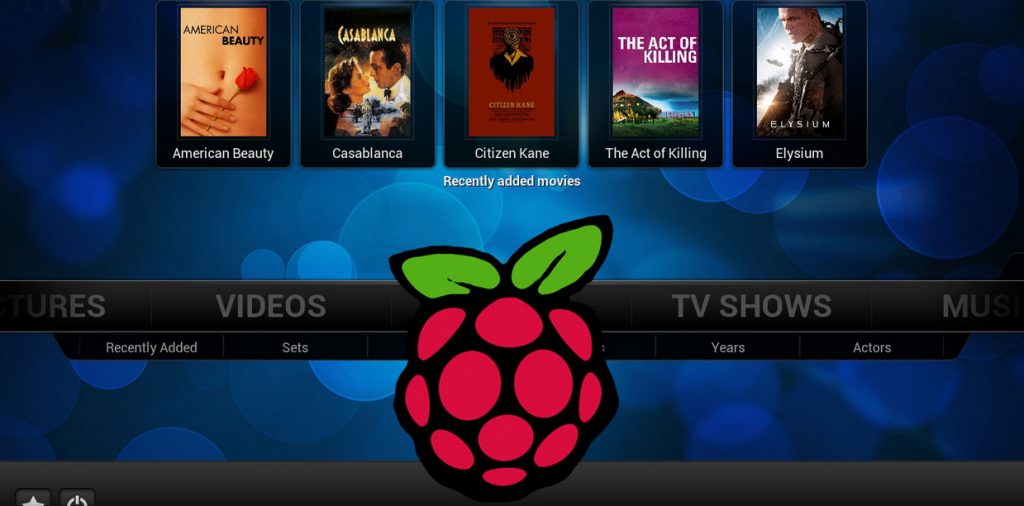Assembling the media center – part 2
Option 3: Why do we need a computer if we have a productive router?
Since we are talking about plug-in hard drives, it’s time to start migrating towards home NAS. The first thing that comes to mind is why do we need to drive a home computer 24 hours a day, when you can use something independent, economically consuming energy and without a screen.
As a rule, you already have a good long-range router (and the covid crisis has shown that a normal router is almost the main device in the house), most likely, you can connect an external drive to it and raise
a) A DLNA server that will allow smart TVs/phones/tablets to access your home library.
b) In some devices, you can also raise the torrento / file downloader.

Here, for example, is a detailed guide on how to raise DLNA on the deservedly popular Keenetik routers.
As a separate item, you need to indicate that you should carefully select hard drives for connecting to the router. Some models may not have the ability to fall asleep after a long period of inactivity (and you hardly want your screw to be active 24/7/365), or vice versa – not be able to wake up after turning off. In any case, before buying an external drive, it would be nice to look at the forums for feedback from the owners of the bundle your router + your HDD.
Option 4: NAS for video beauty
Having started experimenting with routers, sooner or later you will come to the idea of buying a separate NAS. And believe me, a modern NAS is great. Starting from backup from all home computers, the ability to run highly specialized virtual machines and ending with the normal cataloging of video / photos and music.
There are two clear leaders in the off-the-shelf NAS market. These are Synology and Qnap. Both sell their devices without screws and both cost like a small Boeing wing. Considering that you need to take at least a two-disk NAS (long live Raid or just cross-copying the necessary folders), the prices bite significantly.
However, as soon as you work with the system, you will understand that the main money is paid not for the hardware, but for the shell. At Synology, it is a little friendlier, at Qnap it is a little more confused, but the devices are also a little cheaper.

Describing the capabilities of a modern NAS, it’s easier to write what it can’t do. This applies to both the provision of content for any device, and the problems of downloading data. That is, the questions from the beginning of the article about “what to manage” and “where to get” from NAS owners are simply not worth it. Tellingly, topics regularly appear on Habré about how people bother with backup and cataloging photos and other content. And then the owners of Synology or Qnap come and tell how happy they are. This is a little annoying, but the fact remains – if you have a NAS, you will not refuse it.
